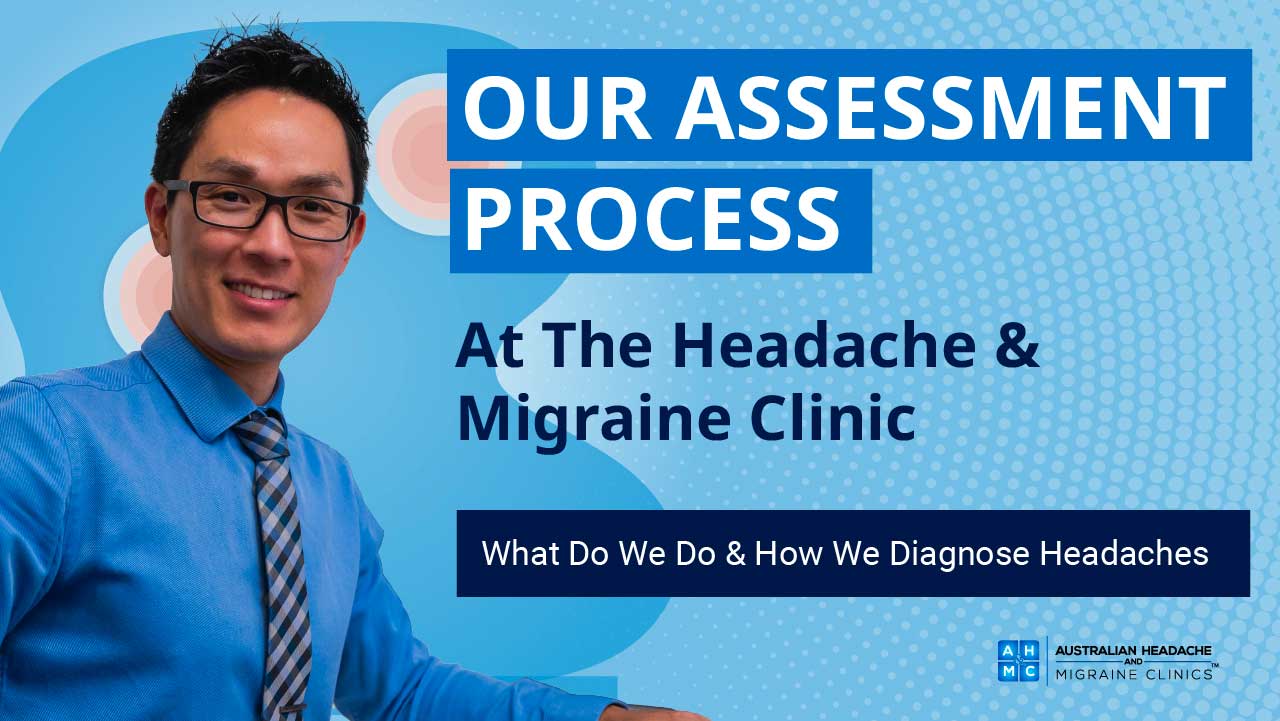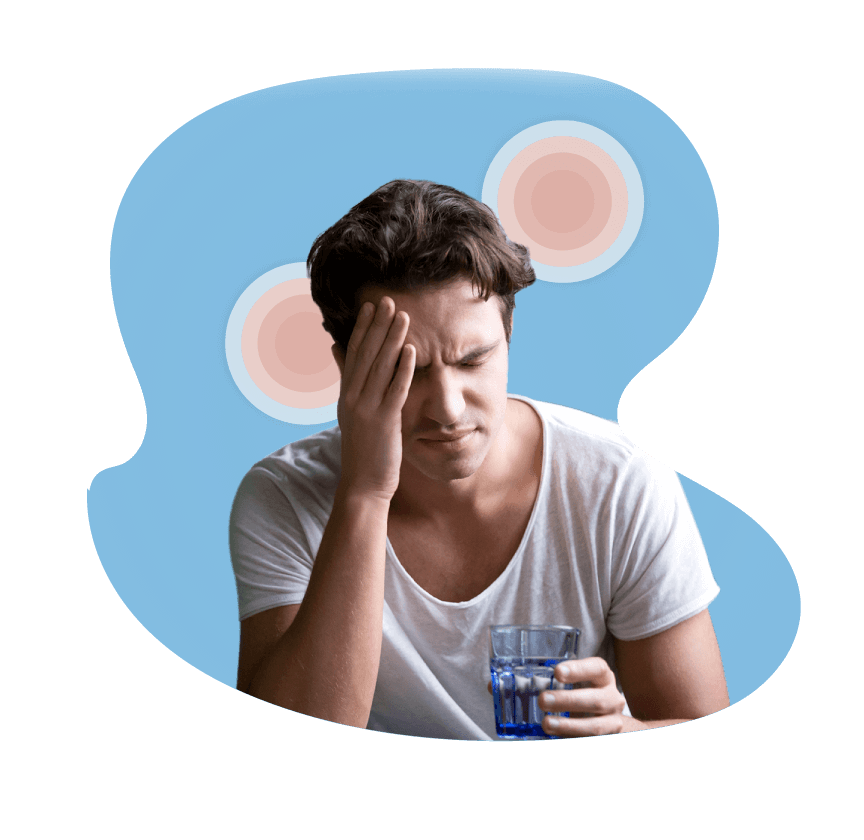I Suffer From Vertigo Cervical Headache
Vertigo Cervical Headache Treatment
Vertigo Cervical Headache is also known as Vertigo Migraine or Vestibular Migraine. This can result in dizziness, unsteadiness or vertigo like symptoms. Headache or migraine pain in the head can also be present or at times be completely absent during an attack.
It can also be triggered by physical exertion, exposure to bright lights, and visual disturbances such as walking and looking down the aisle of a grocery store. It is also worsened when discomfort is felt in the neck. In some cases a vertigo cervical headache attack can occur for no apparent reason.
At the Brisbane Headache and Migraine Clinics, our treatment is effective in alleviating or dramatically reducing Vertigo Cervical Headache in 85-90% of sufferers.
We expect to observe this within the first 5 treatment consultation. The best part about the treatment is that it is medication free, surgical-free, non-invasive, and treats the underlying cause of your problem.









